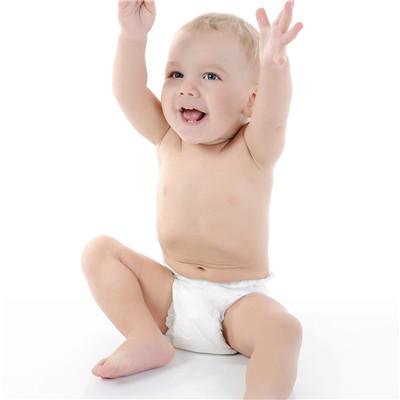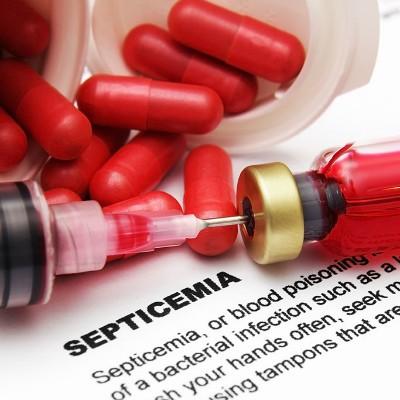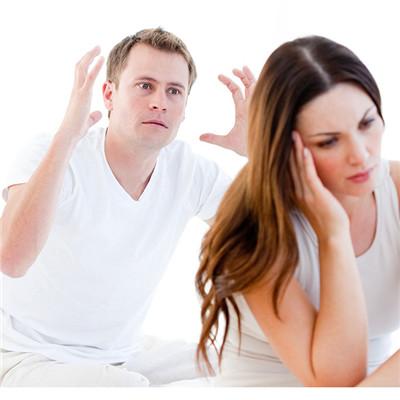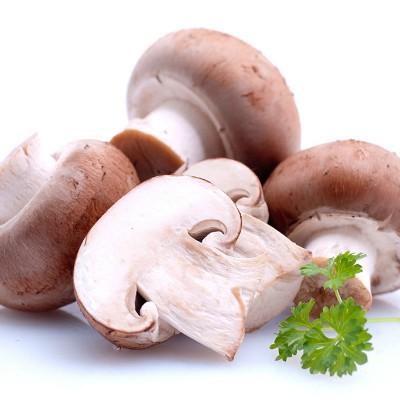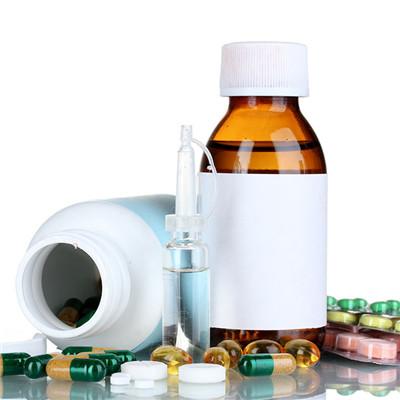Manic symptoms
summary
Mania, as an independent unit of mood disorders in CCMD-3, is juxtaposed with bipolar disorder. The main clinical phase is high emotion or irritability, accompanied by vigorous energy, increased speech, increased activity, and sometimes accompanied by hallucinations, delusions, tension and other psychiatric symptoms. The duration of manic episode should last more than one week, and it is usually paroxysmal course. After each episode, it enters into the intermittent remission period with normal mental state. Most patients have the tendency of recurrent episodes. Manic symptoms? Let's talk about it
Manic symptoms
The core symptoms are unusual, such as happy, relaxed, carefree, smiling, cheerful, no difficulty (high emotion), some people show a little bit of small things or a little bit not at random to lose their temper (irritable), in the case of serious irritability may appear impulsive behavior.

Thinking Association speeds up, words increase, sentence after sentence, eloquent, rich in content, humorous (thinking runaway), patients feel that the brain has become very sensitive, smart, rapid response. I feel good about myself. I exaggerate my ability, financial resources and status. I think I have the ability to do great things and earn a lot of money.
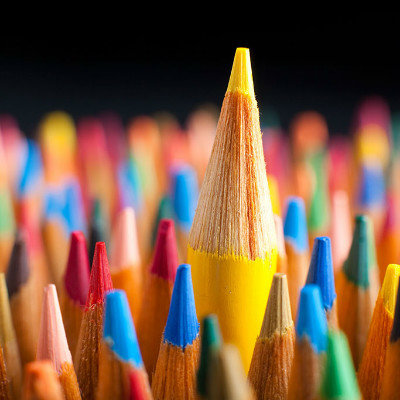
Patients with more activities, good communication, nosy, to do big things, to do a lot of things, keep busy (will behavior enhancement). Energetic, need less sleep, tireless. There is a beginning and no end to doing things, and it is easy to be attracted by the things around and divert attention (shift with the situation). It is too optimistic about the outcome, rash behavior, and regardless of the consequences. Good money, pursuit of pleasure, free to spend. It is easy to conflict with the surroundings and produce impulsive behavior. Increased sexual desire and rash sexual behavior.
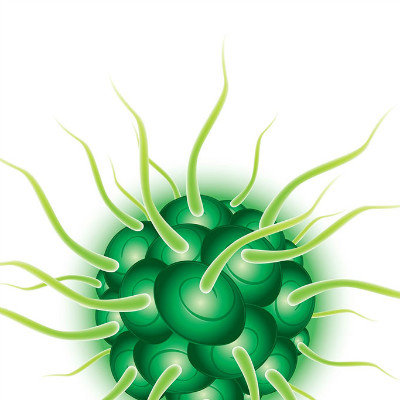
matters needing attention
Establish the concept of long-term treatment and adopt comprehensive treatment. ① In the acute stage of treatment, the excitement in the acute stage should be controlled. Course of treatment: 6-8 weeks; ② Consolidate the treatment period, consolidate the treatment effect of acute phase, and prevent the fluctuation of symptoms. Course of treatment: 2-3 months, the drug dose generally remains the same as the original dose. ③ Maintain the treatment period to prevent recurrence and restore social function. The dosage of non mood stabilizers was gradually reduced under careful observation. The dosage and duration of maintenance therapy depend on the specific situation of patients, which varies from person to person. If the patient's condition is stable enough to reach the intermission period of 2-3 cycles of previous attack or after 2-3 years of maintenance treatment, the dosage of the drug can be reduced while observing, and the drug can be stopped gradually. If there are signs of recurrence during the withdrawal period, the original treatment plan should be restored in time, and a longer period of maintenance treatment should be given after remission. Patients with early onset age and positive family history should be treated.


